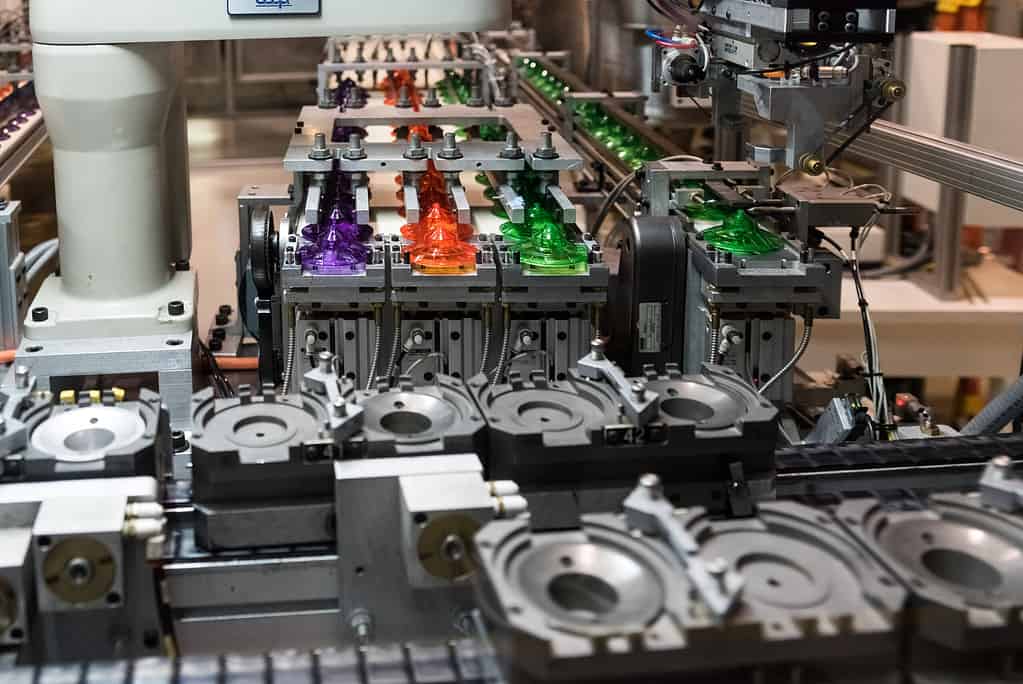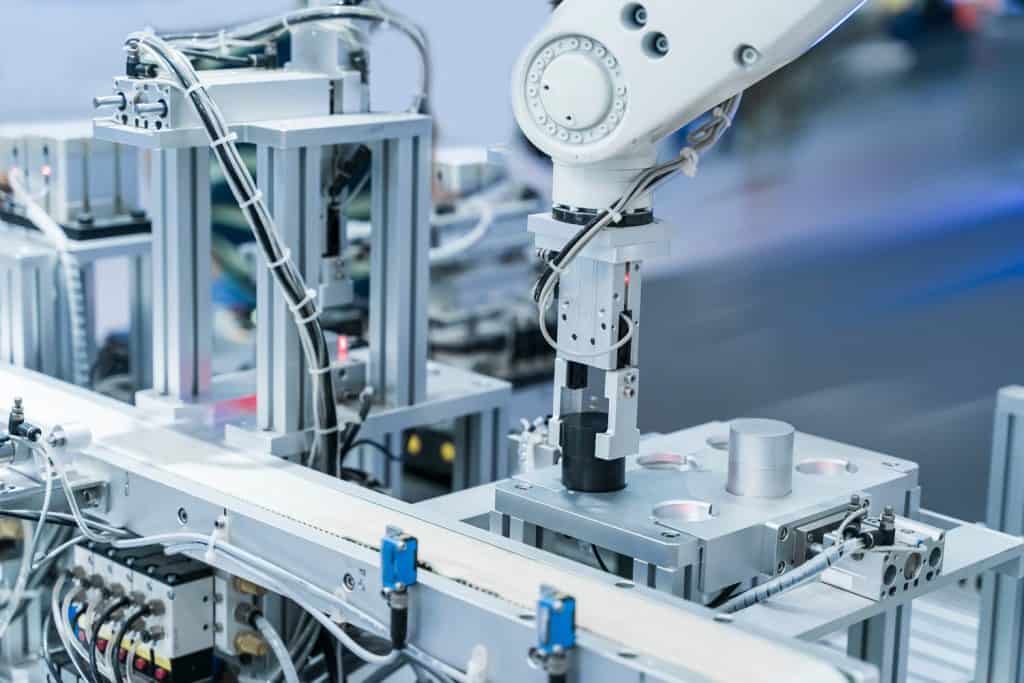
What is poka-yoke?
Have you ever accidentally microwaved your face? No? You’ve never opened the microwave door while it was cooking and accidentally exposed your face to microwave energy?
I know that you haven’t because whenever you open the door, the microwave stops running. There is a switch that triggers when the door is opened that tells the microwave to stop. That switch is an excellent everyday example of this concept.
Overview: What Is Poka-Yoke?

Poka-yoke, a Japanese term that means “mistake-proofing,” refers to any tool or mechanism that keeps a person from being able to act incorrectly. It is used to avoid waste. This is done by eliminating or minimizing quality mistakes that lead to rework. It also eliminates potential safety issues.
Further, it is an especially useful tool when you’re trying to improve upon the cost of quality. This is the concept that the longer it takes to detect an error, the more expensive it is to repair the error. The reality of being human is our rate of success at any given task. Regardless of simplicity or complexity, it is never 100%.
Using this tool does not change human nature, but it does decrease the opportunities for failure to occur, which helps drive quality higher and decreases the stress of the working environment.
Implement Poka-Yoke to Remove Errors
Poka-yoke can be implemented in many different ways. For example, guide pins, limit switches, counters, alarms, and checklists. They can address the situation by testing the product’s physical attributes, such as shape or color. They can also address factors such as timings, movements, or process steps through monitoring or verification.
There are many examples of poka-yoke in everyday life. For example, when parking a car, one of the steps is to place the gear into the park. If the driver forgets this step and turns the engine off, the car sends out an alarm reminding you to put the car in the proper gear.
This is a feature that early cars did not have, and if left in the wrong gear, unsafe consequences could occur. If in neutral and parked on an incline, the car could drift out of the parking space and into traffic. Also, the driver could damage their transmission if they attempted to start the car while not in the correct gear.
Best Practices for Implementing Poka-Yoke

©FotoFeast/Shutterstock.com
Keep Your Eyes Peeled for Opportunities to Use It
Whenever performing a review of a process, such as a standard work analysis, remember to be on the lookout for poka-yoke opportunities. Standard work is not only about understanding cycle time components — it’s meant to be an exercise that helps you collect many different pieces of information, including points of failure that could benefit from mistake-proofing.
Be Creative
There are no limits as to what the right poka-yoke solution will be for a given situation. Remember to tap the skills and creative ideas of your staff, as they may already have a great solution for you and are just waiting for a person with the empowerment to implement the poka-yoke.
Borrow From Others
Look to other processes for inspiration. These processes can originate from your competition, your suppliers, or your customers. Other processes, even ones that may create different types of products, can be a great place to find ideas that can be adapted to your processes. Also, remember to take a look at the everyday poka-yoke that surrounds you in daily life.
Other Useful Tools and Concepts
Hungry for more? Thankfully, you’re in the right place when it comes to getting the nitty gritty on other useful tools to benefit your organization. The likes of normal distribution are a crucial element of any statistical analysis. If you want to know how to use this when looking at your data, you can read our overview here.
Further, change can be a scary thing, especially in a business context. That’s why you want to embrace CAP, the Change Acceleration Process. This is a tried and tested method of implementing change at an organizational level and will have you on track in no time at all.
Closing Thoughts
Poka-yoke is an effective method for preventing certain defects from occurring. When a defect cannot be eliminated, poka-yoke can often assist in identifying the error earlier in the process, decreasing the cost of the rework and the potential of the error reaching the end customer.
Often inexpensive and appreciated by personnel across an organization, poka-yoke can help decrease errors, making quality easier to manage and leading to a less stressful environment.